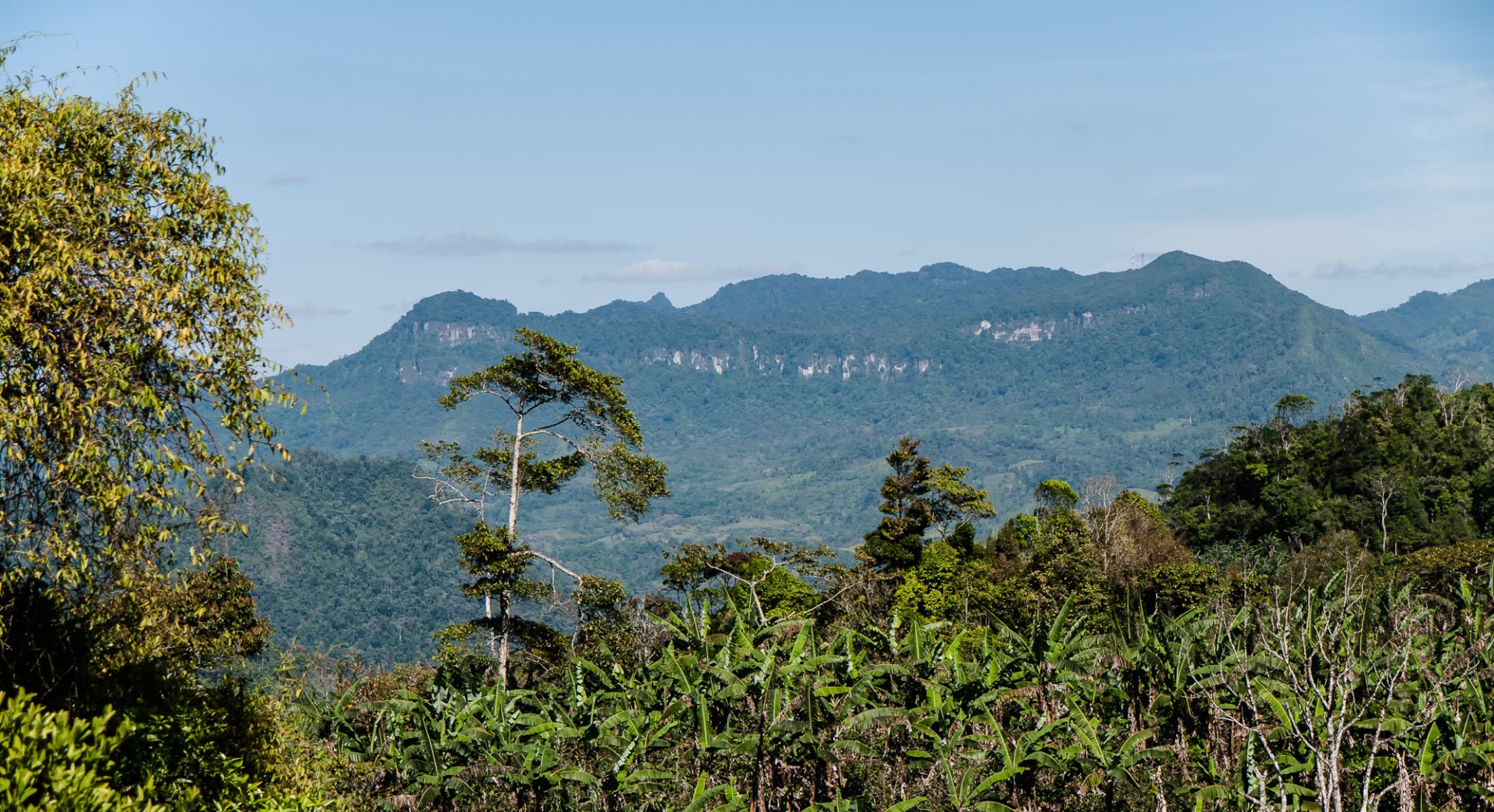
Nicaragua
Nicaragua protects around 17% of the country, with 78 different protected areas in the country (8500 square miles in the country). This supports a wide range of species, including several species of New World monkeys, including the Geoffroy’s spider monkey, which is currently listed by the International Union for Conservation of Nature (IUCN) as an endangered species and the jaguar is the largest felid that is indigenous to Nicaragua. Other species include the cougar, jaguarundi, margay, and ocelot. There are a number of unusual mammals found in Nicaragua, including the three-toed sloth, northern tamandua (lesser anteater), and two species of armadillo.
These protected areas encompass a wide variety of habitats, including rainforests, lakes, mountains, and volcanoes throughout the country. For example, Bosawás Biosphere Reserve in state of Jinotega (on the border with Honduras), covers 7,300 square km (2,800 square miles), making it the second largest rainforest in the Americas after the Amazon Rainforest in Brazil (this is really quite impressive).
There are 698 species of birds to look out for, more than enough for even the most dedicated bird watcher. Many are brightly coloured including parrots, toucans, trogons, and hummingbirds. Scarlett macaws have been so heavily taken for captivity is that, they are increasingly rare in the wild, and the Nicaragua is no exception, with these birds only found in small areas of the country.
5 different species of sea turtles nest on the countries beaches, along with a wide variety of reptiles on the coast and further inland. Crocodilians are also represented, with the spectacled Caiman and the American crocodile both present.
The bull shark (which is found in this islands waters) is rare, in that it is the only shark species that can survive well in fresh-water for significant periods of time. As a result, the are found both in San Juan river and Lake Nicaragua. Thankfully, Nicaragua has recently banned freshwater fishing of this species, and the sawfish, as their population has declined significantly.
Below this box, you will find a list of any articles which mention this country, and below this is a short video on the species found here. Below that, we will list any destinations and other resources that you might need for a visit.










